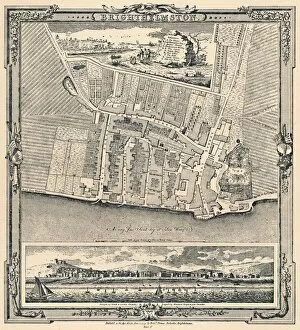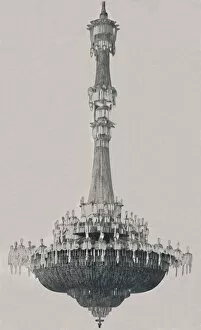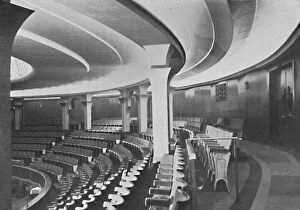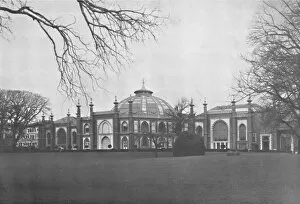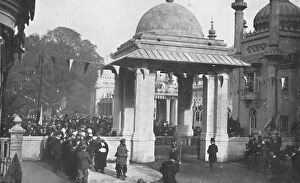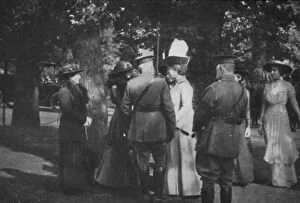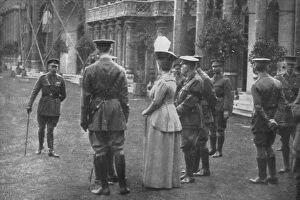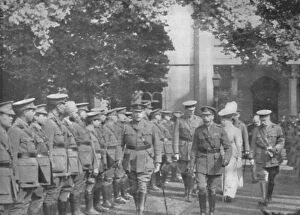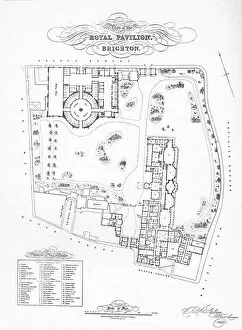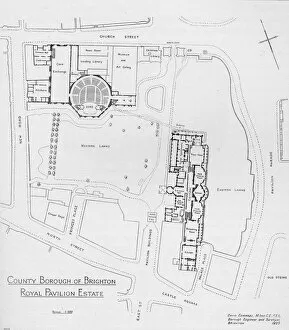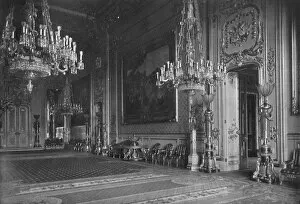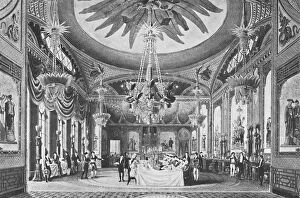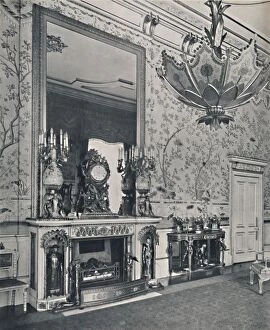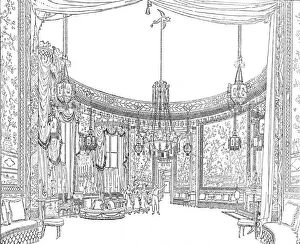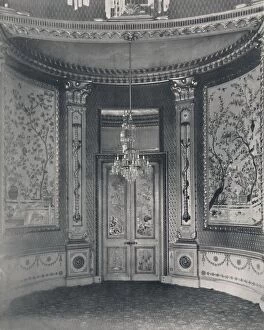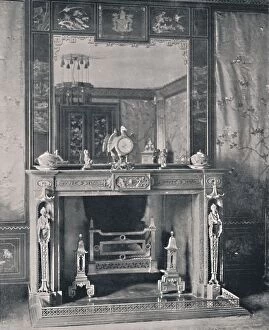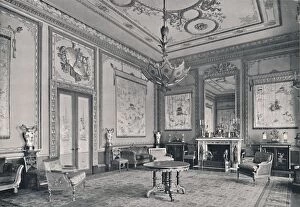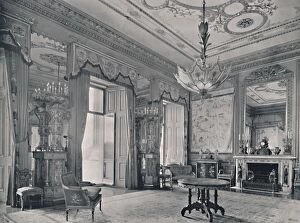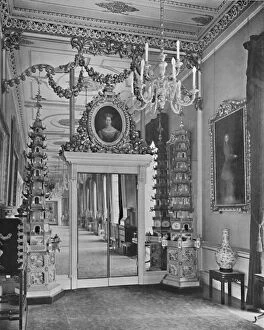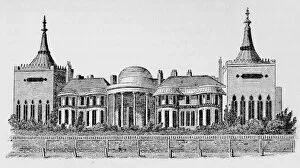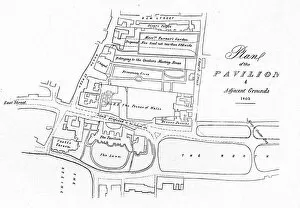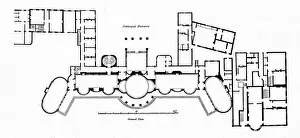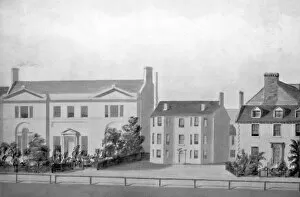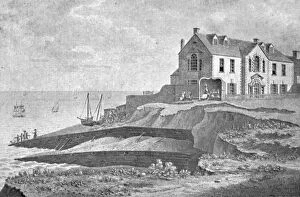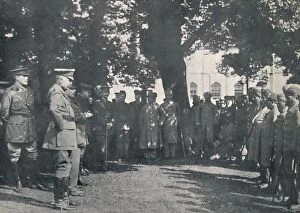Henry D Collection
Henry D was a prolific photographer who captured the essence of Brighthelmston in the late 18th century and early 20th century
For sale as Licensed Images
Choose your image, Select your licence and Download the media
Henry D was a prolific photographer who captured the essence of Brighthelmston in the late 18th century and early 20th century. His lens transported us back to c1779, when the city was still known as Brighthelmston, with his mesmerizing photograph titled "The Dome: Looking From The Platform. " In another masterpiece from his collection, "After The Reopening of the Reconstructed Dome, " taken on the momentous day of September 14th, 1935, Henry D immortalized the grandeur and elegance that emanated from this iconic structure. His attention to detail is evident in "The Dome: Interior After the Alterations, " where he skillfully captures every intricate element of its inner roof and panelling. The chandelier takes center stage in another captivating shot aptly named "The Dome Chandelier, " showcasing its dazzling beauty. Not limited to just architectural wonders, it also documented historical events such as "Unveiling of the Indian Memorial Gateway by Maharaja Patiala" in October 1921. He even had a chance encounter with royalty, capturing H. M. Queen Mary after her Investiture on August 25th, 1915. Henry D's lens didn't only focus on landmarks; it also explored everyday life through images like "Exterior of the Dome As It Is To-Day" and "The East Front. " These photographs provide glimpses into how people lived during those times. One cannot help but feel transported back in time while admiring Henry D's work. Through his lens, we witness moments frozen forever - whether it be H. M King George V and Queen Mary strolling along Eastern Lawns or observing an enchanting scene at The South Gate dating back to1832. Henry D's legacy lives on through these remarkable photographs that allow us to experience history firsthand. His artistry continues to inspire generations as we marvel at his ability to capture the essence of a bygone era.

